Equitation Tips – Top Equitation Tips When Horseback Riding
Follow these top Equitation Tips to get yourself noticed in the equitation ring. Having good equitation skills is more than just ‘heels down’. It is knowing how to put your heels down so your position is secure.
Equitation is More Than Heels Down
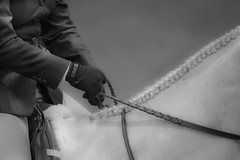
When judging an equitation class the first thing the judge zeros in on is the lower leg and heel. If your heel is up and insecure then there is no need to look any further. A secure lower leg is characterized by a deep heel which anchors the riders body on the horse.
Correct Leg Position When Riding Equitation
Sometimes when people ride and hear ‘heels down’ they jam their heels down and forward and stick their heels out in front of them. Your leg should remain in place approximately 1 hands breadth behind the girth. If you put your leg further back your horse will let you know it is too far back as it may cause a sensitive horse to kick out or run away and will cause a rider to tip forward with a pinched knee.
When riding there should be a straight line – ear – shoulder – hip – heel. If your heels are too far forward, the classic ‘chair postion’, riders fall back on to the weakest part of the horse, the horse’s loins or balance themselves by pulling on the horse’s mouth.
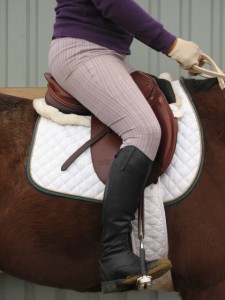
Riders with a pinched knee and legs behind the straight line, ear, shoulder, hip, will cause the rider to tip forward and be out of balance.
Equitation Tips – What The Judge Is Looking For
When judging, the judge wants to see a deep secure heel. When I judge, I look for a rider with an educated leg and secure heel. If your heel isn’t down and secure I will pass over you and look for the next person with a deep secure heel.
The heel must be down and lower leg securely on the horse’s side without the leg ‘clamping’ against the horse’s side. If your weight is on your toe, with heels up, it is not secure and your leg will be loose at the trot and canter.
Less is more for the equitation ring. If your leg is moving and you are losing your stirrups it draws attention to your leg. If I notice your leg wiggling, it means, to me, your leg is in secure and I, as a judge, will look for a person with a secure-independent leg.
Pay attention to turnout. Your jacket, breeches and boots need to be clean and in good repair. they do not have to be new and the latest style. Loose hair and floppy braids attract unnecessary attention. Use a hairnet or keep your hair neatly stowed in the overhead compartment (aka your helmet!)
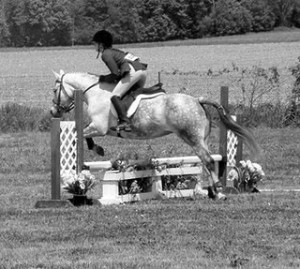
Ride! Judges hate seeing riders pose on top of their horses. You should be effective and ride your horse. Bending, smooth transitions, and being aware of what is going on around you are all part of the picture. It is more than getting the correct diagnol. Looking around corners, collecting and/or lengthening your horses stride are all part of the picture. As a judge I would like to see riders show me what they can do. At the local and introductory levels it is about being on the correct diagnol and looking around the corners. At the higher levels judges want to see riders RIDE!
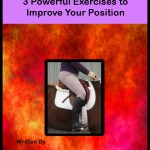 Try these three powerful exercises to get strengthen your position.
Try these three powerful exercises to get strengthen your position.
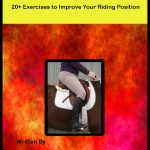
One thought on “Equitation Tips – Top Equitation Tips When Horseback Riding”
Comments are closed.